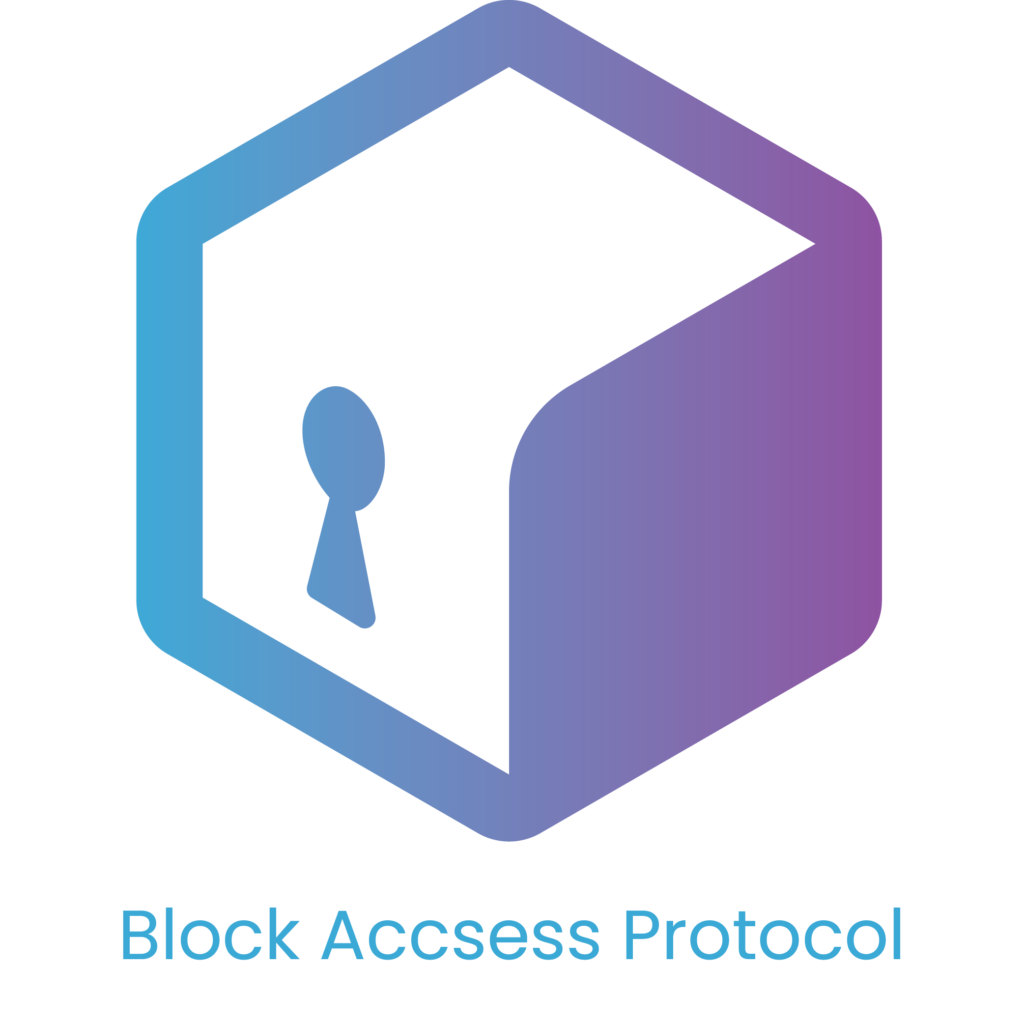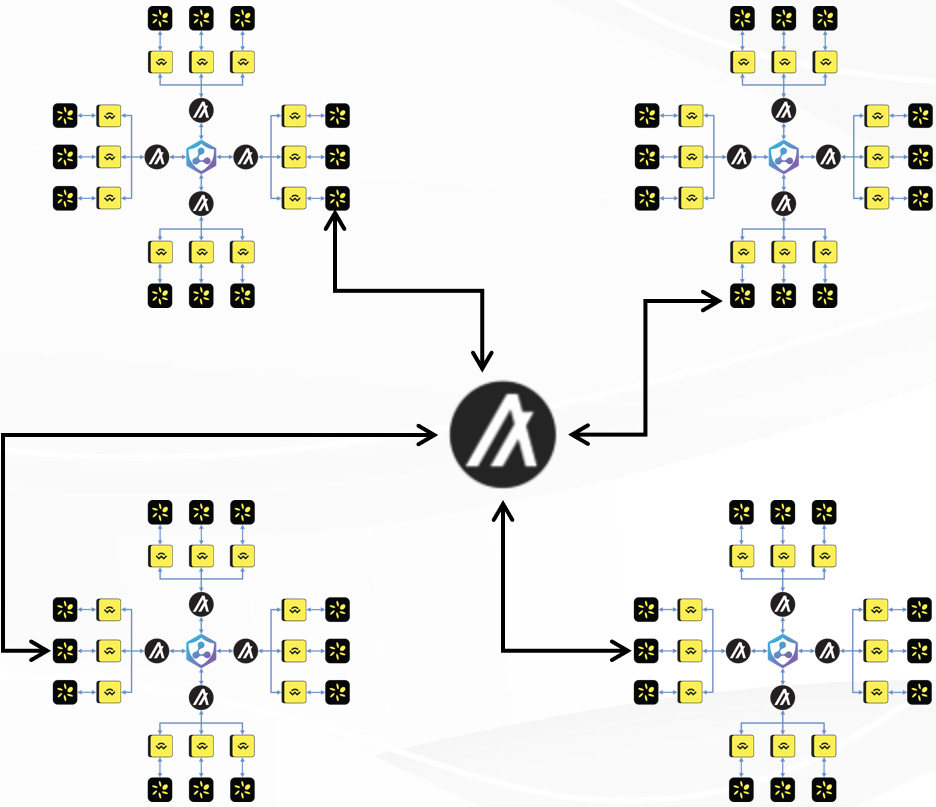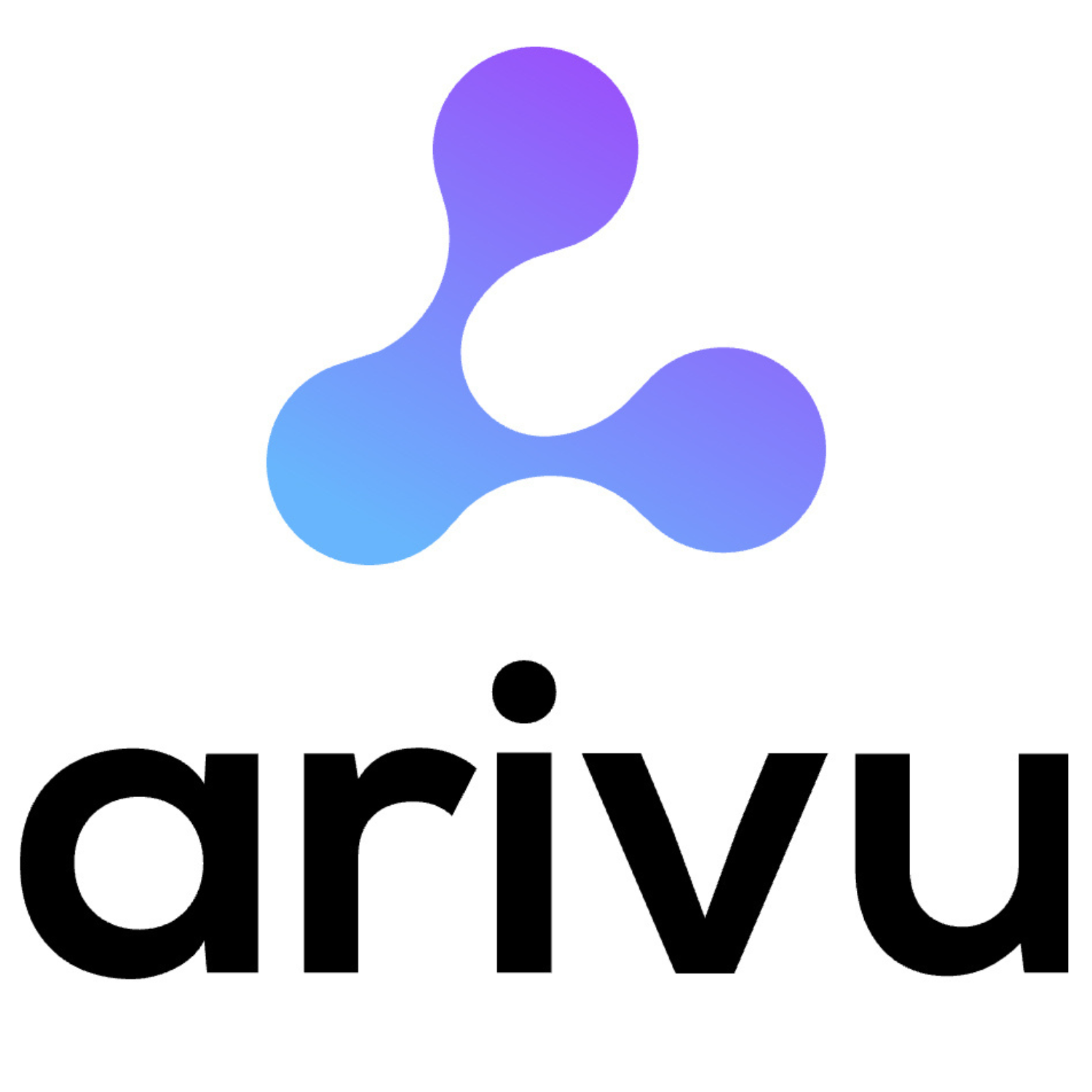
Arivu ensures your private data stays private even on public blockchains (GDPR Blockchain).
Arivu’s Block Access Protocol (BAP) enables GDPR compliance on decentralised, public blockchains
BAP addresses your data privacy needs when handling commercially sensitive information and when addressing the permanence issue of PII (Personally Identifiable Information) regarding a person’s right to be forgotten.
BAP empowers people to limitlessly share secrets with anyone they trust, as granularly as they need, and revoke their access on-demand. If there is the requirement to destroy data on a public chain, the owner can simply burn all the access keys, leaving the data on the public chain locked for eternity.

BAP is a privacy-protecting, encryption / decryption nodal network allowing users to manage sharing and access revocation to sensitive data on public blockchains.
BAP data is represented in JSON.
The JSON sample adjacent is a real life example of BAP data written to the Algorand blockchain, the world’s most powerful and sustainable blockchain.
The data tells the user that the “bap” data came from an “arivu” hosted node.
There are a series of customisable public “tags” which are user defined, and purposely un-encrypted. This allows chain consumers of indexers to freely query how many transactions exist for certain criteria. Our tags in this article allows user to query how many transactions are available with a “cyber” tag, with a German company “Einhell Germany AG“.
This JSON data represents the power & privacy of a GDPR Blockchain
{
“bap“:”arivu”,
“tags“:[“cyber”,{“c_name“:”Einhell Germany AG”}],
“location“: “local”,
“hash“: “2a4e9d1185deaa29bd112a3fa81e979d 4d96e9bf358ed86578bea73b497b65a6”,
“data“: “GlF3YwuToB5BNsVF0gRx6LPFeLsdM25XQtdYte2fb50 crScpbQOiVFPF5J9f9iyVFqP6xbnzb21+uX/Vl/yJagFrXX 4cMfmNonhOFwQsZxNz3wycaAUxdrPiRikwga//Ydq0ra6 ea0I4y1W2b56DhOrY7Ls0nC62SpJCWC54h9NbtefxgO eWADcAZD9qhW6j3YuLfj/RpIaBbzyv6gulxwRxR9RcMV 5YKIQp+uvPIlokiSUUkCS00gUbtk4cr2oCNOzeMKgjX8T 9NImBimDVmmSQpO7unlmIgYJ7SueJDYX25R2XtrsCru gncAOXgmyF0qfC6mCrjVzXMdPxBxCw/OPtKw2ReaYXb HLQyf+zVN3R0q2dQe19Ob1FK++5S+1o9TzFRl+rPGt+lp FcFE pT5B+J9wr9qVrsuwkqdoc7Z+y+1gKJ/UwMjvazwooVYYQz9e yKttPgKiOwAJrOx3+hn3ETs+lN7JGzh+UafzwhbPbo3Bsc5wZn YNsLxVZxLsbCDN0MO2nZKYxXrv9UuPVCK8AK5tT5e4sZId OQbpVGd6TpNiGLjv3EOqqQfGenU/OcBZre55YlUwePTyy75 hERCPoy22r/oDSWCUnvCBErgR7gQpRR2CV2fn0JygtINUY rR6Kl8CQtuJZROB3CnMeMPXkCxoX2kE9gL9VBCk6Hhbs=”
}
Tags are optional, but allow for a degree of transparency on a public chain beyond “who” wrote the transaction. Tags allow entities to demonstrate they are writing secure information to the public blockchain whilst controlling who can see the important details.
The last 3 items in the JSON tell the consumer of the data how to use it. The “location” tells the user that the data is on the same block chain as this transaction by stating that it is “local“. When the encrypted data is local, the “data” element is populated with the raw encrypted secret. If the transaction was either too large to store on this blockchain, or by policy was stored in a cloud location, then the location would either be the name of the other blockchain, or “off-chain“.
If data was stored off-chain, then the JSON would have a URL to the file. If it was on a separate chain like arweave with limitless storage size and permanence, the JSON would detail chain location, transaction ID, and the location would have a value of “arweave“.
Lastly we have the “hash” of the un-encrypted data. We need this so we can verify the integrity of the data once de-cryption is finished.
You access this data at any time, either on-chain or off-chain without limitation. The JSON sample we looked at earlier can be found using the Algorand Blockchain Explorer by either clicking here, or clicking the image below
The JSON “data” element in the above example originated from a CoSO® query which originally took data from Darkbeam a third-party cyber risk monitoring platform.
The decrypted content of the “data” element, produces beautifully formatted JSON, which has forensically preserved all the source data and formatting.
The BAP encryption process, does not alter the source data in anyway and it is a completely reversable process.
We now have a GDPR Blockchain.
{
“coso“:”arivu”,
“src“:[“darkbeam”],
“id“: “f5103642-500a-423a-9ae0-91034a9fbf6b”,
“rule_id“: “b72e9702-2dc9-40de-91c7-0e481bb2d3ba”,
“c_name“: “Einhell Germany AG”,
“c_id“:”HRB 2171”,
“Title“: “Cyber threat score increase”,
“PubDate“: “2022-07-11”,
“RTheme“: “Cyber threat risk”,
“Sub“: “‘Einhell Germany AG’ on 2022-07-11 cyber threat score rose from 514 to 530 a rise of 3.11%”,
“Value“: “80”,
“RuleName“: “Cyber DB – Cyber Rating Score”
}
All the technology required to run BAP is packaged up into a “node“. The following diagram depicts how this can be interacted with in the Algorand blockchain.
Starting with the outer layers of the diagram, each of the Pera Wallets holding tokens are implicit staking the Arivu token so they can reward the node runner for the cryptographic privacy service.
We then have the Wallet Connect, which allows an Algorand account to use or transact with the Algorand smart contract
Last we have the BAP node at the center of our diagram, which contains all the information and functionality needed to bring privacy where it wasn’t previously possible.
The Node runner is trusted based on the node’s stake, of which there is a minimum but no maximum threshold.
Allowing for no upper staking limit allows competing nodes to quantify trust with skin in the game.

In our JSON sample above, we refer to;
“bap“:”arivu”
This is to denote which BAP node the data was encrypted by. In the early stages of the BAP roadmap, the initial BAP node is ran by Arivu but the technology will be packaged in such a way that anyone can be a BAP node runner.
A corporate entity typically silos its public accounts and internal systems.
For example, a bank has an online banking portal for customers, but the systems a bank uses internally are vastly different.
We can parallel that use case with one legal entity choosing to host more than one BAP Node. Each Node represents a silo within the business requirements.
Yet a single Smart Contract in Algorand, can access all these different BAP Nodes as long as the account executing the Smart Contract is registered with each BAP Node.
All these nodes are accessing the public instance of Algorand, giving it the functionality of a GDPR Blockchain.

